Highlights
Early works:
The process of leaving the conventions of calligraphic forms to create free shapes
Toko Shinoda began her career as a calligrapher. Sensing her own view of the universe in calligraphic forms, she set about acquiring the ability to construct space, time, and movement. Concentrating on her calligraphy conversely led her to move away from the confinement of calligraphic forms, setting off on an adventure without the constraint of tradition.

Nabeya Bi-tech Kaisha
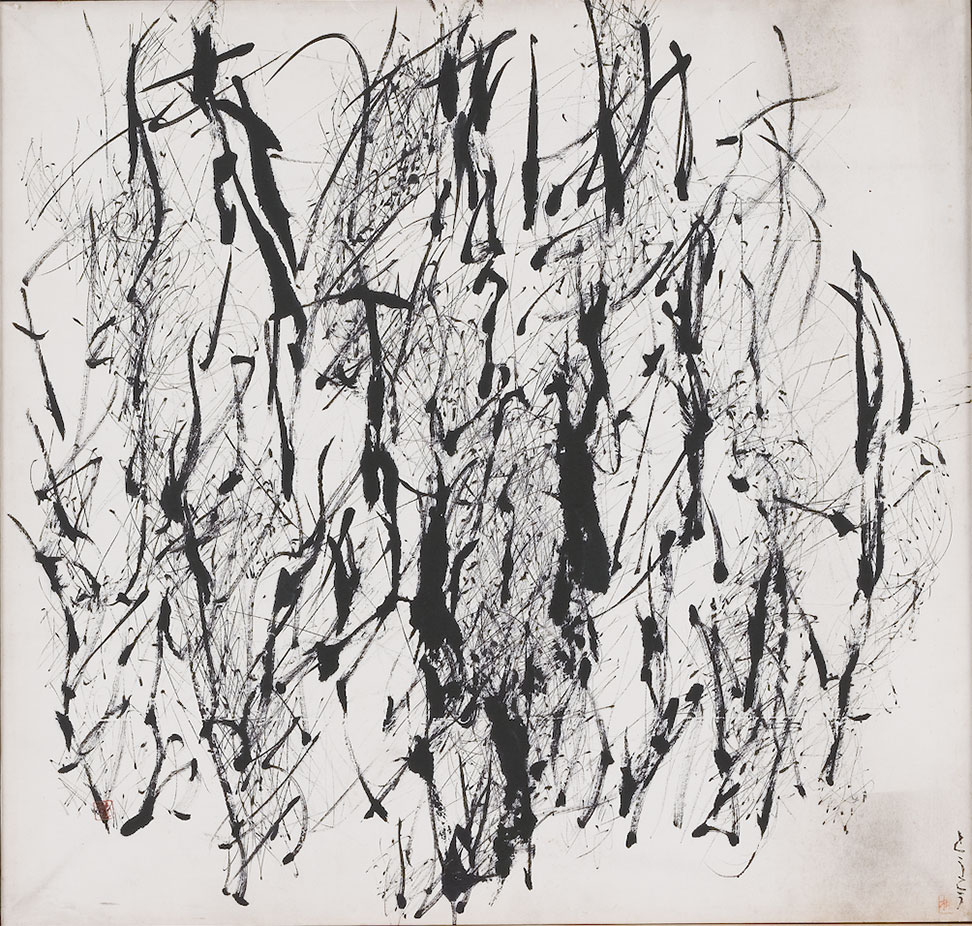
Nabeya Bi-tech Kaisha
Establishing an approach to abstract expression:
Powerful and robust visual art
After spending time in the US from 1956 to 1958, Shinoda arrived at a purity of abstract expression in taut compositions of thick lines and planes. This established the powerful and robust visual art that characterises her distinctive style.
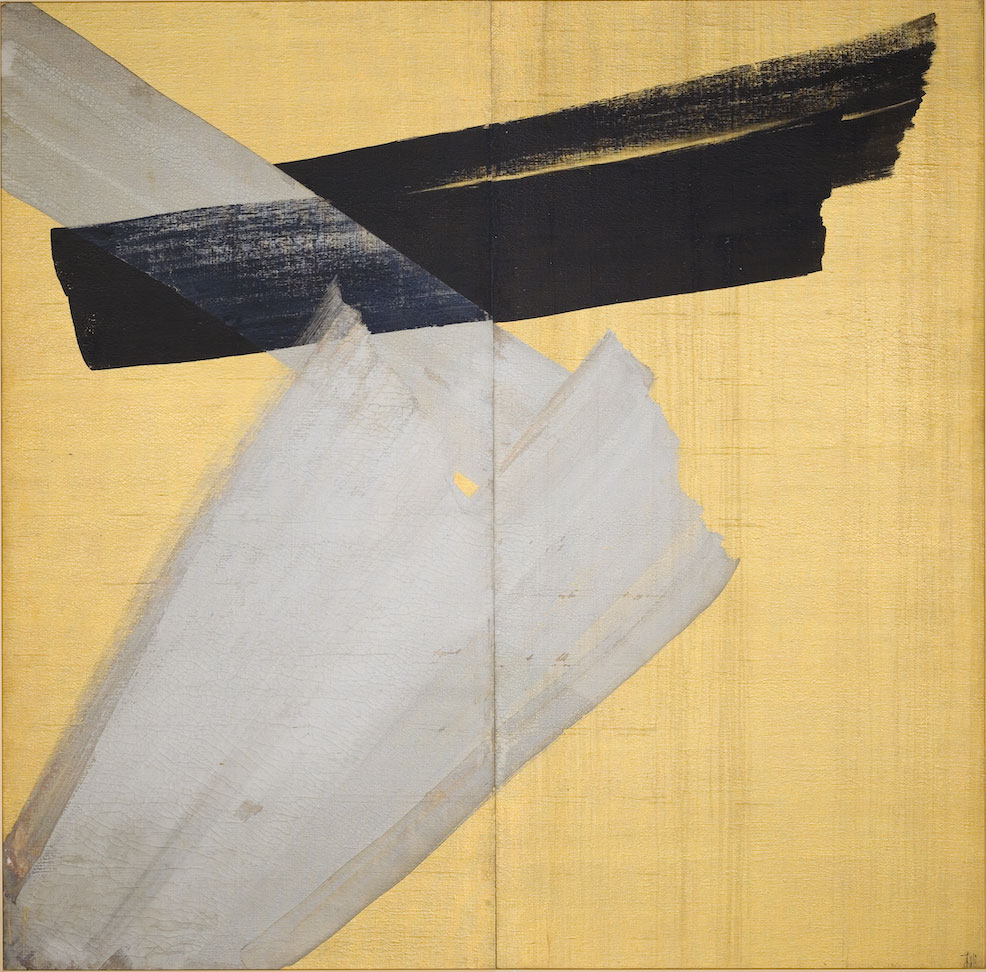
Nabeya Bi-tech Kaisha
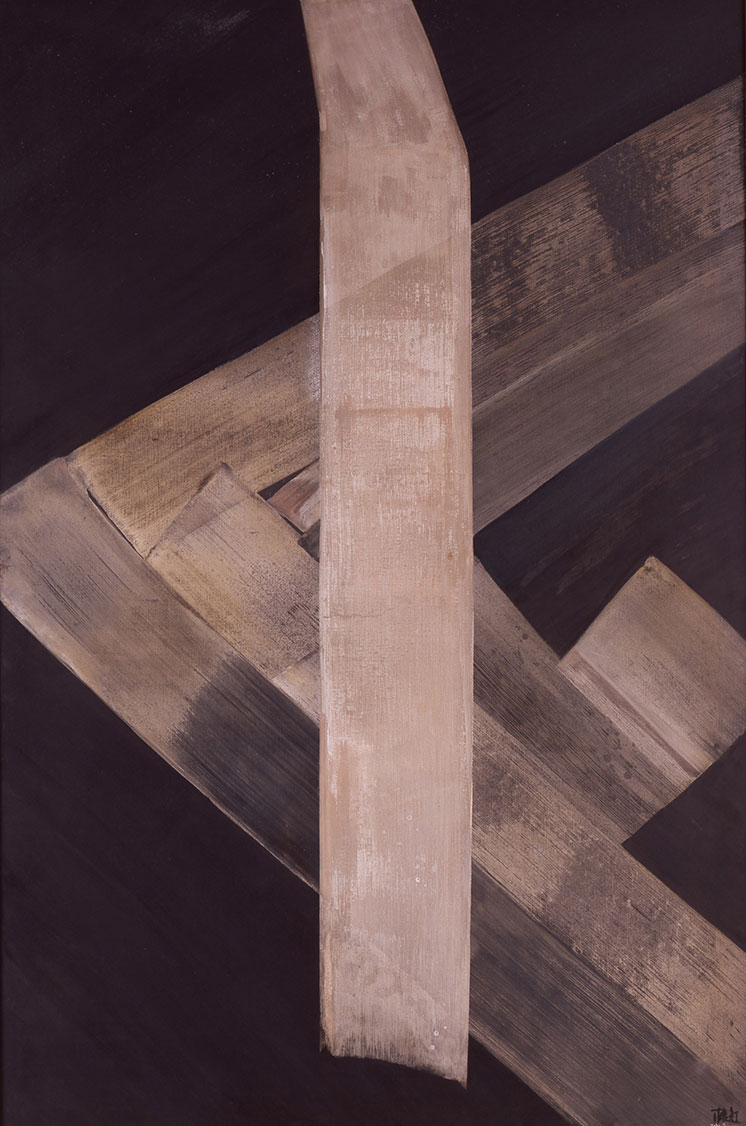
The Museum of Fine Arts, Gifu
Adding depth:
Developing profound expression through works in series
Shinoda described abstract expression as appearing unconstrained, but actually having strong internal constraints. She realised that abstraction had the risk of lapsing into a simply disordered and empty format. Shinoda creates works in series to thoroughly explore a single formal motif, an approach that probably derives from this realisation and demonstrates her commitment to addressing it. Examples of representative series and major works from the 1970s onwards are presented here.
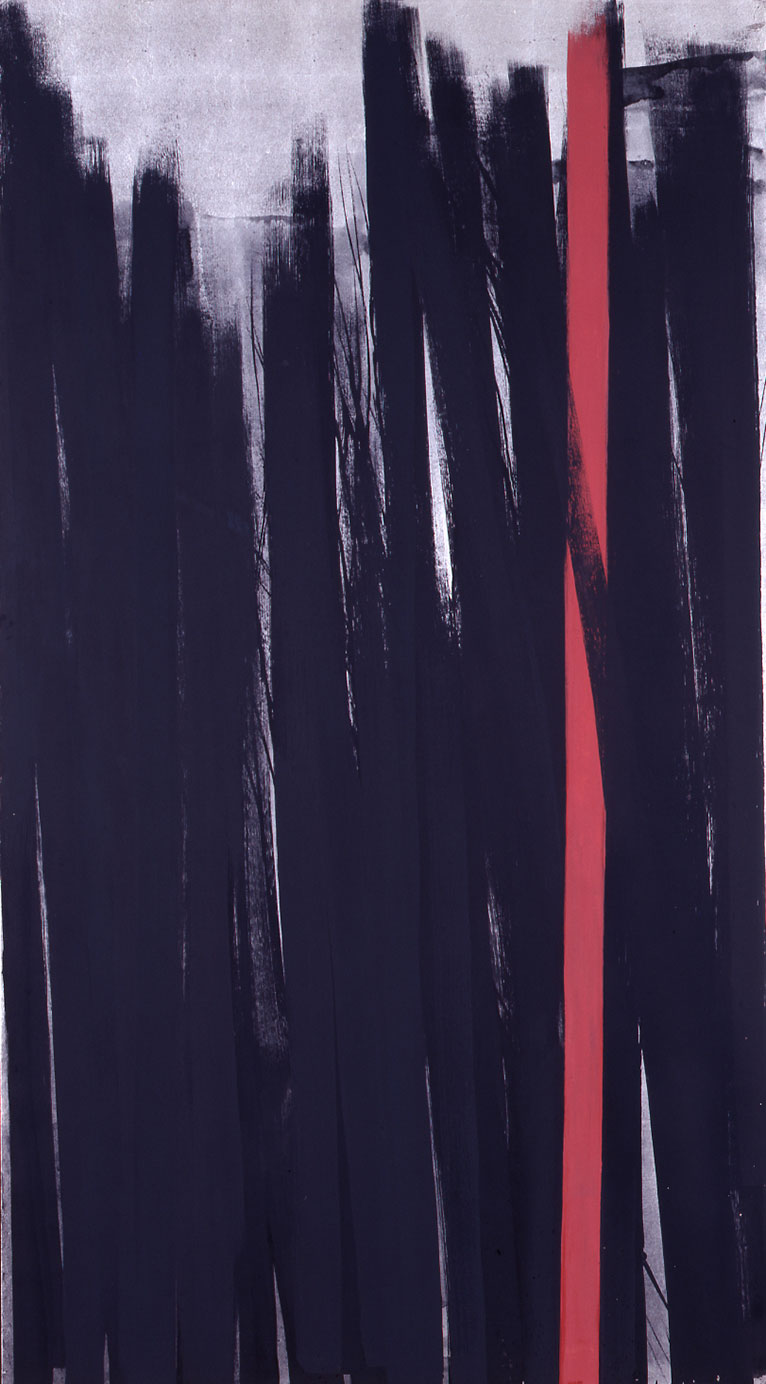
The Museum of Fine Arts, Gifu
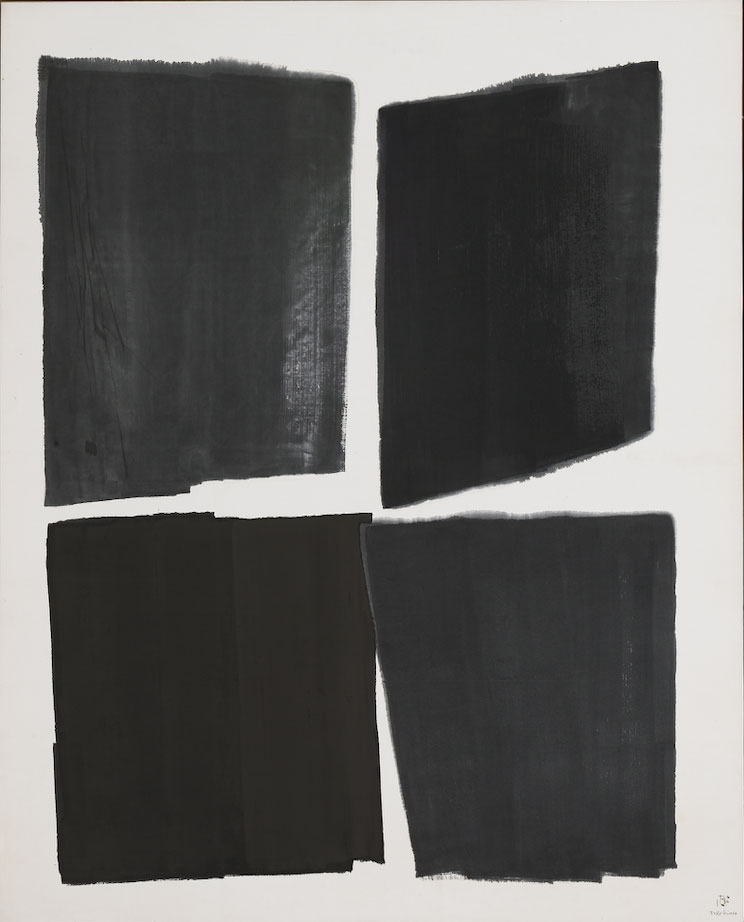
Gifu Collection of Modern Arts Foundation
Dialogue with architectural space:
Bringing genres together and working on architectural projects
The 1950s and 1960s were a time when artists were experimenting with integrating different genres to transform and rebuild the environment and the conditions under which we live. Shinoda actively collaborated with architects to produce mural calligraphy, murals, paintings for sliding panels, reliefs, and drop curtains for theatres.
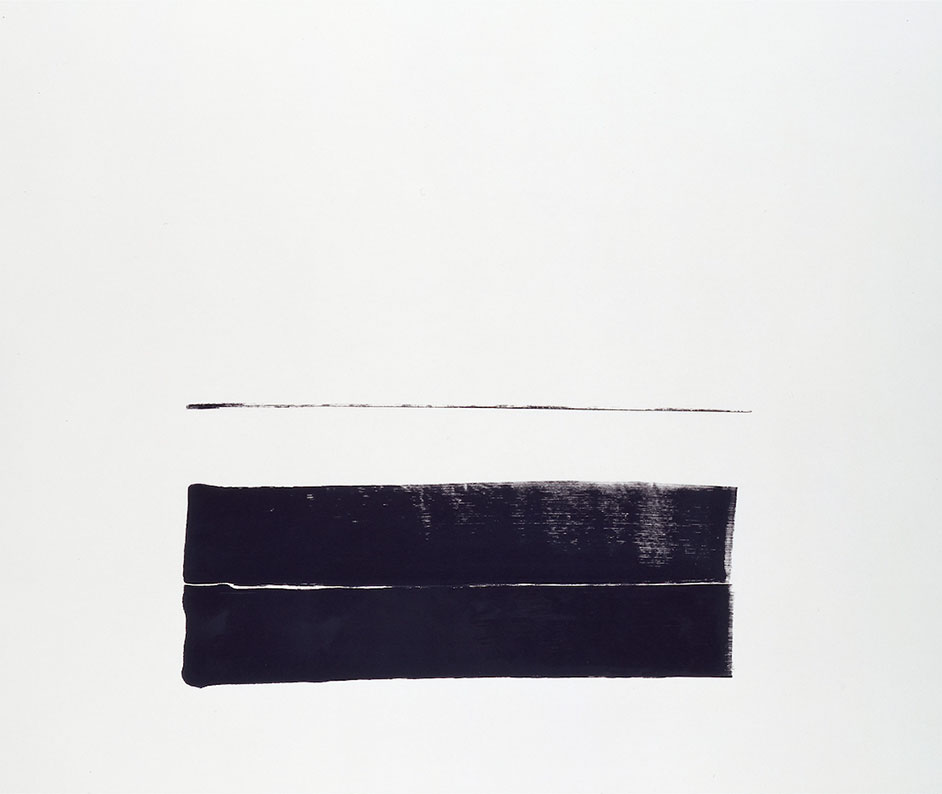
The Museum of Fine Arts, Gifu
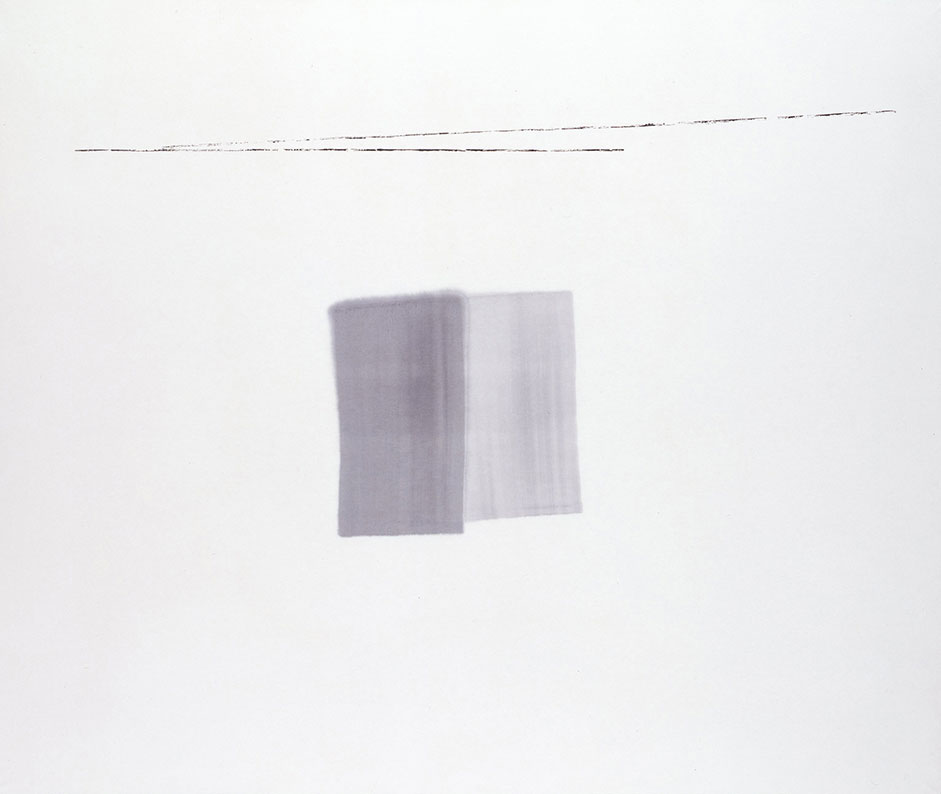
The Museum of Fine Arts, Gifu
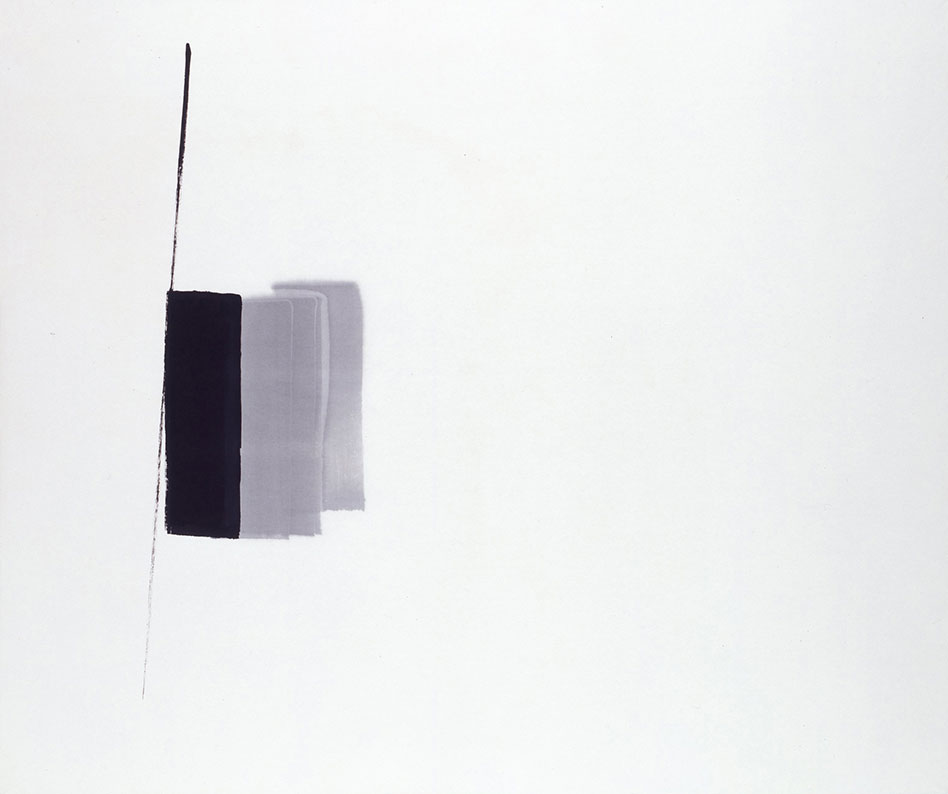
The Museum of Fine Arts, Gifu

The Museum of Fine Arts, Gifu
Works of the highest order in later years:
Enriching the experience of artistic sensitivity
Shinoda sharpened by her senses and perception by observing familiar natural objects and the whole panoply of nature that she encountered in everyday life. These subjects inspired her work, ensuring that her later years remained productive and fulfilling. Shinoda often talked of works as coming from her heart. By “heart”, she seems to be not referring just to simple feelings, but to the synthesis of the sensations that have accumulated inside her from all the phenomena she has experienced, the overall result of the intermingled perceptions of her body and her senses, and the richness that they bring when all brought together. Shinoda’s works are a condensed expression of all the various aspects of the human experience of artistic sensitivity.

The Tolman Collection




